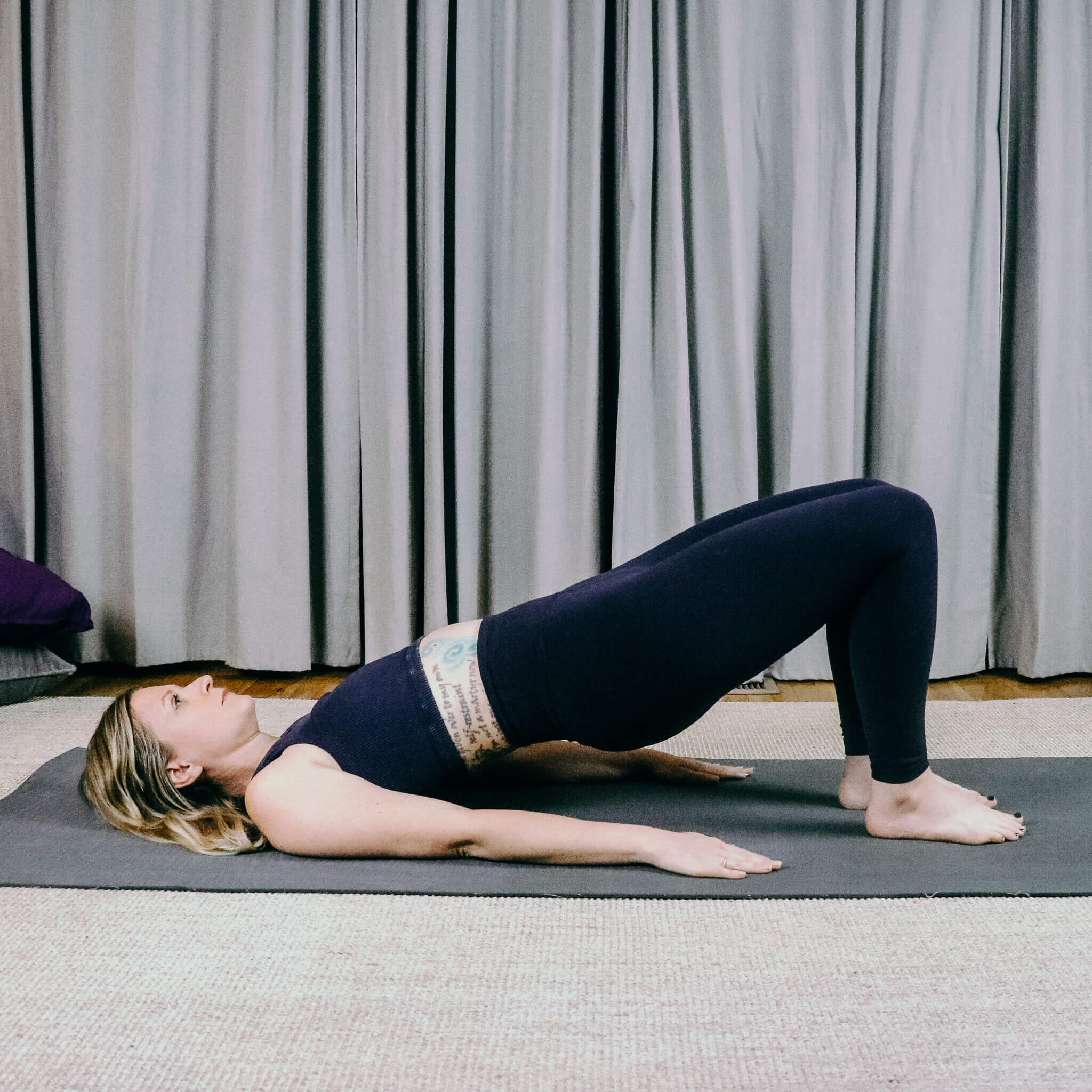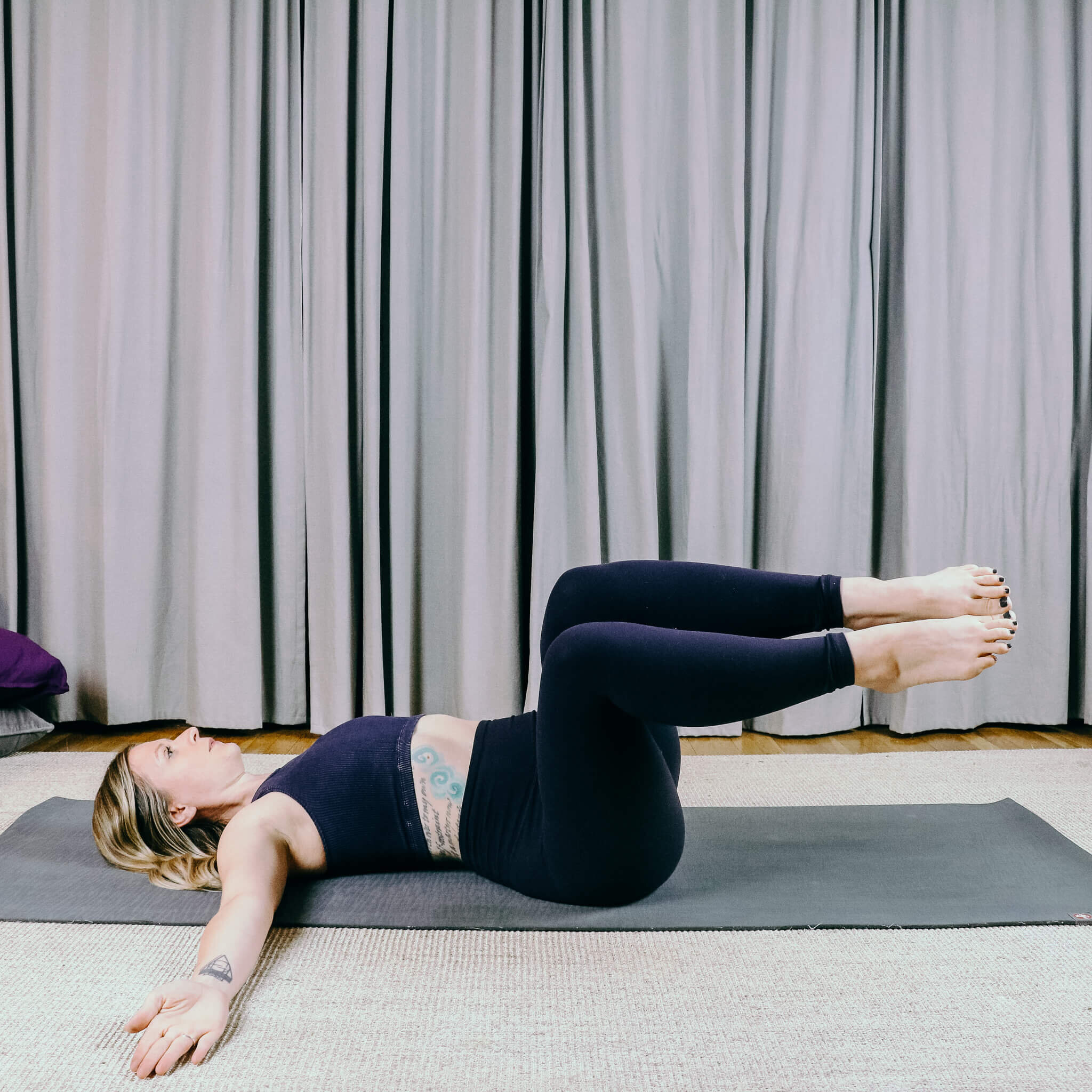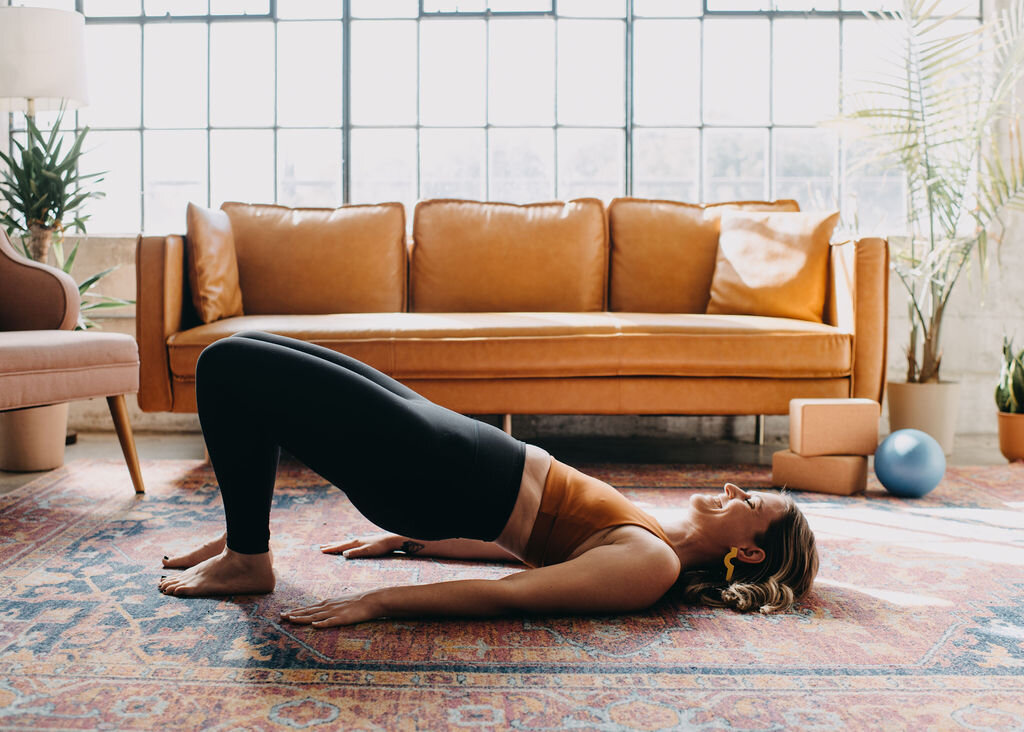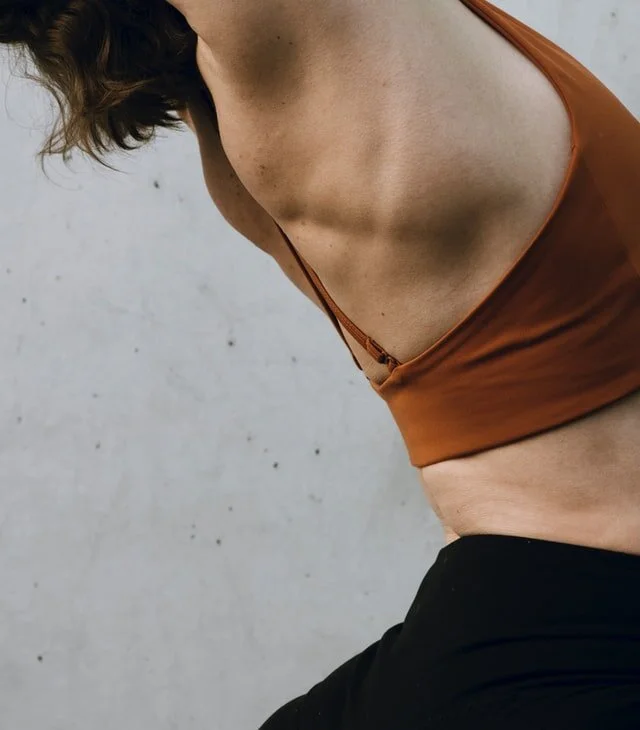10 Essential Pilates Exercises for Beginners
Originally written for BASI Pilates
updated + reposted with permission
Starting Pilates got you feeling…WTF?!
Try these exercises for beginners
Pilates is more than just physical movement, but as Joseph Pilates famously said, “Physical fitness is the first requisite of happiness.” And I have to agree. When my body doesn’t feel great, my mind and spirit have a tendency to be distracted, whether it’s from pain, discomfort, or generally feeling stressed. The best part is, even when I’m not feeling great, I go to these ten essential Pilates exercises, and I thank myself every time for doing them.
Consider these an introduction to the fundamentals of Pilates. The focus, precision, and care you give to developing the fundamentals are what will make your practice thrive.
In a previous article, What is Pilates? A Beginner’s Guide I mention that after your first class you may notice that abdominal strength and control are key components of the work, but Pilates is never restricted to a single muscle group. You will feel your abdominals as well as your inner thighs, glutes, and arms working in a single movement. However, this doesn’t mean they’re always on at max capacity. Pilates is at its core, no pun intended, about balance. Balance in how much effort we need to give, the perfect timing as we transition, and how we layer movements to make them more or less challenging. In truth, the longer I practice Pilates, the more challenging it all feels. I call this “the depth in the basics.”
Think of the basics as the foundation of a tree. For each movement, there is what we call a “Pilates Root Exercise” whereby each exercise has a more challenging layer as you progress. These are the first 10 essential roots in your Pilates journey.
1. PELVIC CURL
AKA ARTICULATED BRIDGE, LIFT THAT ASS
Start by laying on your back, with knees bent. Knees and heels are about sit- bone distance apart. Arms are long, and pressing into the mat beside your hips.
Inhale pause, then exhale: Engage your low abdominals, drawing your pelvis underneath you. The goal is to tuck your pelvis without the use of your glutes. You want your low back to feel light as a feather when it touches the mat.
Begin to engage your glutes, and articulate through the spine, the hips moving upward until your body is in a straight line between knees and shoulder blades.
Inhale pause, breathing through your ribs. Find stability through your center and down into arms and legs.
Exhale, and begin to drop your sternum — melting into the mat one vertebrae at a time. If you notice your lumbar (low back) is tight, or have a hard time articulating, tap into your low abdominal curl and release the glutes as your approach the mat.
2. CHEST LIFT
AKA AB CURL, SIT UP, IT’S BURNINNNNG
Lying on your back, knees bent, legs together. Interlace your fingers and place them behind your head. Press your head lighting into your hands, and find your elbows in your peripheral view. Bring energy to the inner thighs.
Inhale to prepare, and exhale to lift the head, neck and chest. Eyes looking toward your thighs. Try to curl up just until you feel the tip of your shoulder blades leave the mat.
Inhale to pause, breathing through the ribs; Exhale to lower back to the mat.
3. CHEST LIST WITH ROTATION
AKA CRISS CROSS, UGH IT’S STILL BURNING
Inhale prepare and exhale to bring yourself into your Chest Lift Position. Inhale hold, breathing through the ribs.
Exhale and rotate to the right. Thinking of lifting your left rib up and across to your right hip. Focus your eyes on the outside of the knee.
Inhale back to center, and repeat lifting up and across to the left side.
Move your head, shoulders, and chest as one unit. Think of making an arc with your midsection, rather than a side bend. Do your best to keep your pelvis stable.
4. SPINE TWIST SUPINE
AKA SNEAKY AB WORK OR JUICY BACK TWIST, YOUR CALL
Lying on your back (supine), arms in a T position, palms facing up; Bring your legs one at a time into tabletop — knees stacked over your hip joint, shins parallel to the floor, toes softly pointed.
Inhale, allowing your knees to go to the right. Exhale, draw your abdominals in, and return to center. Repeat on the left side.
As you rotate to one side, keep the opposite shoulder blade anchored to the mat. You want the lower half of your body to feel like a slow and controlled metronome. Slowly tick-tock back and forth with control through your mid-section.
5. SINGLE LEG STRETCH
AKA BICYCLE ABS, MORE AB WORK BUT HARDER
Lying on your back, bring yourself into a chest lift position. One at a time bring your legs into table top (knees over hips, shins parallel to the floor). Hands on top your knees.
Exhale: Place both of your hands on your right knee, straighten and reach your left leg away.
Quickly inhale to switch the legs, and exhale as you draw your left leg into table top, and right leg extends and reaches away.
Continue to transfer your hands to the bent knee each time. Pull in one leg, as the other reaches. Try to minimize any movement in your trunk. Repeat 8-10 times.
6. ROLL UP
AKA WTF IS THIS? GET UP OFF THE FLOOR
Lying on your back, bring the legs together and point softly through the feet. Feel the weight of your ribs on the mat, and start to bring the arms overhead, palms facing each other. Do your best to maintain the weighted rib connected.
As you inhale, bring your arms up and forward, looking toward your toes, and lifting your head and chest, and drawing your tail into a pelvic curl.
Exhale to continue rolling up and over your body.
Inhale to pause when shoulders are aligned above the hips, looking toward your thighs, and stretching your spine forward. Do your best to feel the reach of your arms forward, and the opposite c-curve of the spine pulling back.
Exhale to roll down slowly with control.
7. ROLL LIKE A BALL
AKA LET YOUR INNER CHILD OUT
1. Sitting tall, knees bent, bring yourself into a slight C-curve; drawing your pelvis underneath you. With strong arms, bring your hands to your shins (or behind the thighs), elbows wide, biceps active. Bring your legs toward your chest, hovering your toes off the mat. Eyes looking down and inward toward your thighs.
2. Staying in a small ball, take an inhale and roll back. Keep that head tucked and be mindful not to wack your head on the floor.
3. Exhale and roll forward, balancing in your starting position.
4. Try to maintain your c-curve, ball shape throughout the exercise.
8. LEG CIRCLES
AKA YES I KNOW THIS FEELS JUICIER ON THE REFORMER
Lying on your back, arms in a T position with palms facing up. Press gently through the back of yours arms into the mat.
One leg is long and pressing into the mat while the other is lengthened toward the ceiling, with your foot facing to the ceiling as if you’re balanced a book on top it (dorsi-flexed).
Inhale, bringing the ceiling leg across the mid-line of the body, circle down and around as if you’re tracing the outside of a bubble. Make your circle as large as you can maintain pelvic stability.
Exhale, Repeat the circle.
Reverse direction after 5 repetitions.
Switch legs, finding your set up on the other side.
9. ALL FOURS
AKA BIRD DOG
Start by kneeling on hands and knees; stacking your wrists, elbows, and shoulders; and knees hip width apart and directly under your hips. Press your shins and the tops of your feet into the mat. If you notice it’s uncomfortable on your feet, you’re welcome to place a small blanket under them.
Begin by reaching your right leg behind you, pushing your toes/ball of the foot into the floor. Draw your leg back in to All-Fours, switch sides.
Once you feel your wrists are prepped, you are ready to progress by adding a single leg lift for some glute work. To challenge your core stability, add the opposite arm forward.
10. UPPER BACK EXTENSION
AKA SORTA LIKE BABY COBRA
Lay on your stomach; Placing one hand on top of the other, and then your forehead on top. Engage through the lower abdominals, just enough to press your public bone gently into the mat, and create energy through the inner thighs. Point through the feet.
Think as if you’re pushing the crown of your head away, and then the back of the head to the ceiling. The chin slightly tucks in, and the back of the neck lengthens. You’ll be looking more toward the ground, than across the room. This is your set up.
Inhale and allow the head to lift off of your hands.
Exhale, lower.
As you begin to feel more confident in your head lift, add some height through your Baby Swan. Inhale and lift: Thinking from the crown of the head, through the throat, lifting the collar bones, engaging the upper mid back.
Exhale, return to the mat.
One piece of advice: Please be patient. If you stick to the basics, strength will come in order to add variety and creativity in the future. Give these exercises a try and let me know how it goes!
















